Social media hacks can help you boost your online presence and maximize your impact.
In the digital age, social media has become an integral part of our daily lives.
Whether it’s connecting with friends, sharing experiences, or promoting businesses, social media platforms offer endless possibilities.
However, with the vast amount of content being shared, standing out from the crowd can be challenging.
What is a Social Media Platform

A social media platform is an online digital platform that enables users to create and share content, connect with others, and engage in social interactions.
These platforms provide a virtual space for individuals, businesses, and organizations to communicate, collaborate, and exchange information in various formats such as text, images, videos, and links.
Social media platforms have become immensely popular and have revolutionized the way people connect, communicate, and consume information online.
Examples of well-known social media platforms include:
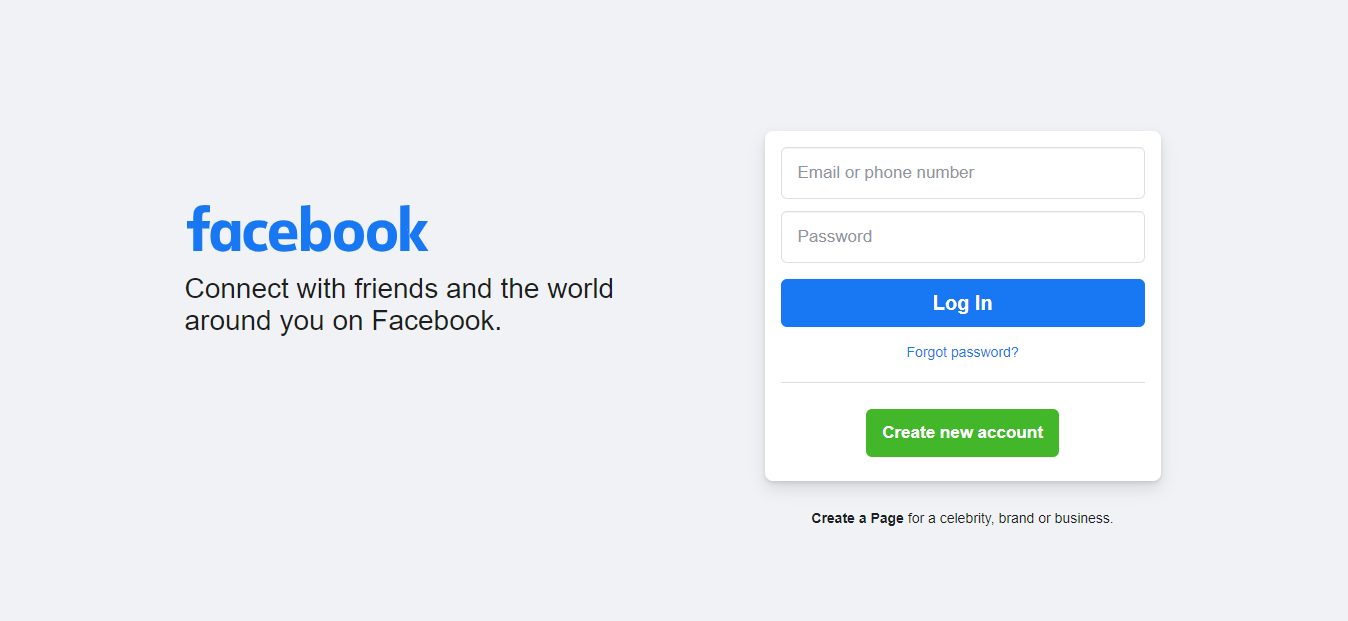
Facebook is the largest social media platform with billions of users worldwide.
It allows users to create profiles, connect with friends, share posts, photos, and videos, join groups, and engage in various activities such as commenting and liking.
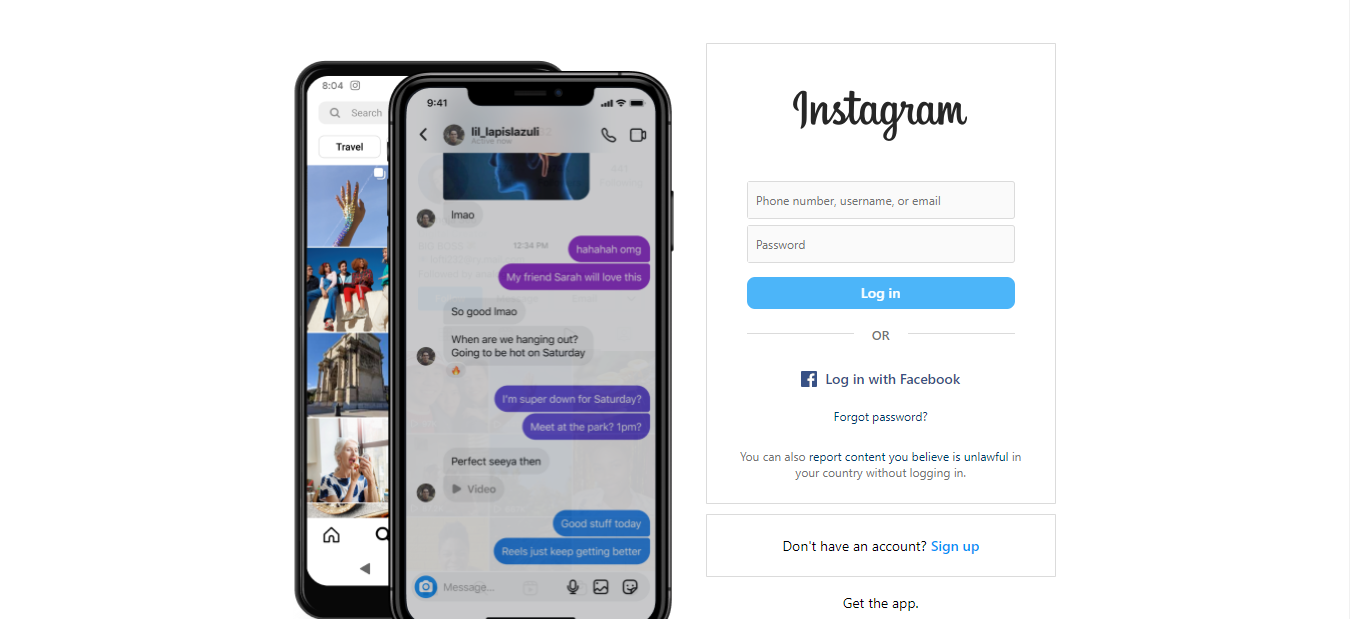
Instagram is a visual-centric platform focused on photo and video sharing.
Users can create profiles, follow others, share posts with captions and hashtags, and engage through likes, comments, and direct messages.
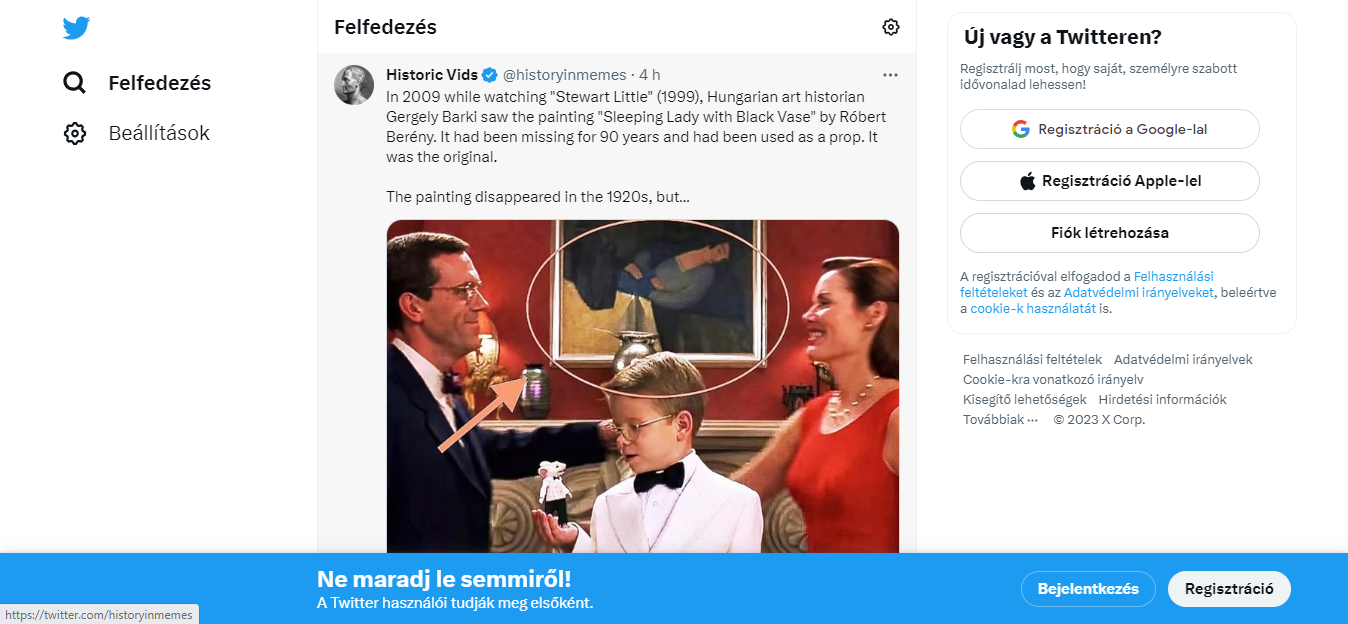
Twitter is a microblogging platform where users can post short messages known as tweets.
It enables real-time updates, content sharing, and interaction through replies, retweets, and hashtags.
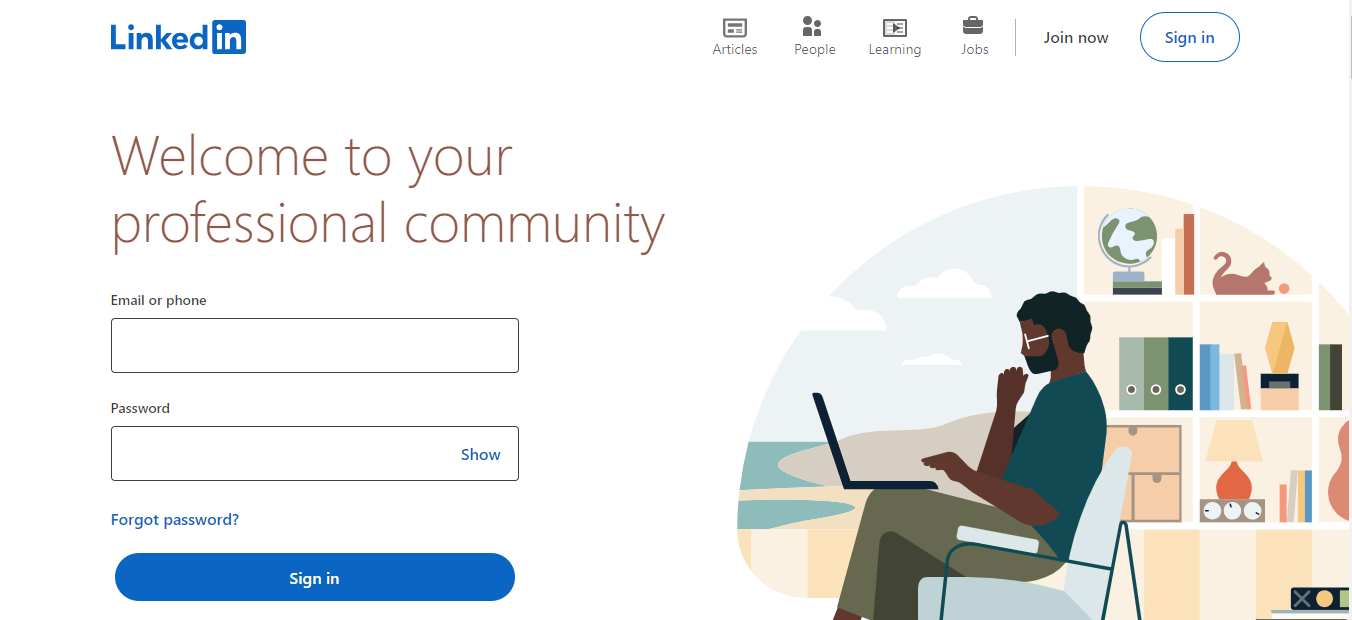
LinkedIn is a professional networking platform designed for career and business-related connections.
It allows users to create professional profiles, share work experiences, connect with colleagues and industry professionals, join groups, and engage through comments and messages.
YouTube
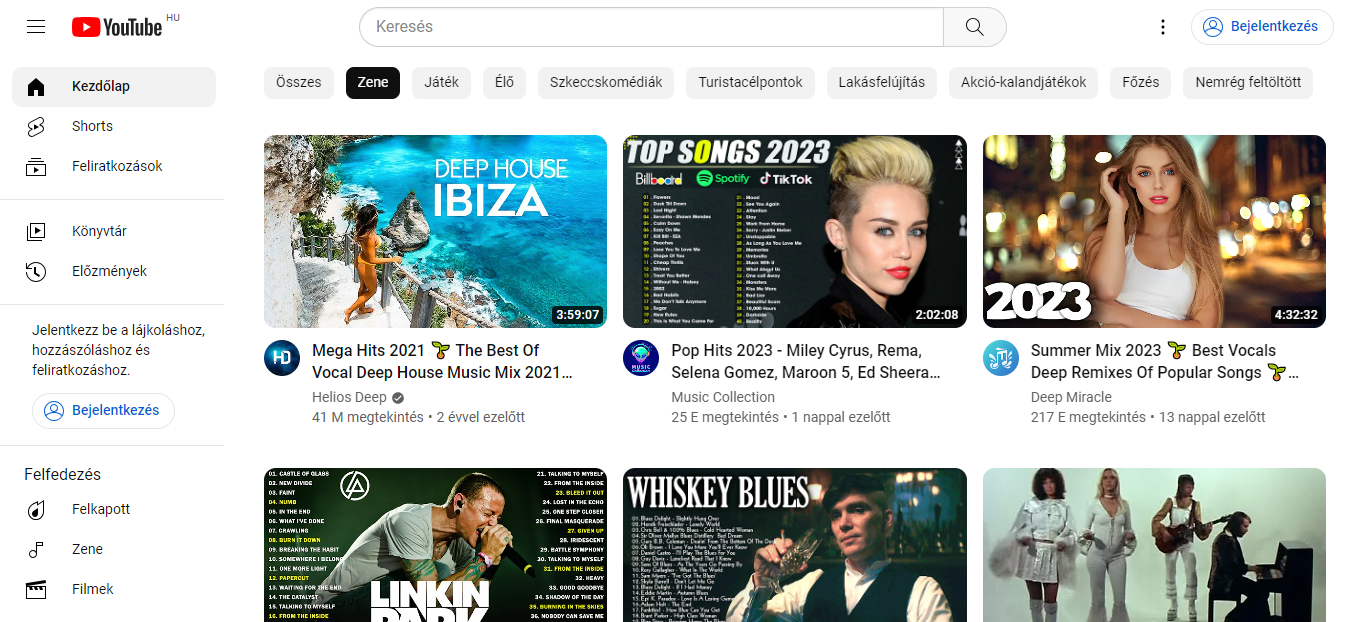
YouTube is a video-sharing platform where users can upload, view, and interact with videos.
It encompasses a wide range of content genres, including music, tutorials, vlogs, and entertainment.
Users can subscribe to channels, leave comments, and share videos on other platforms.
TikTok
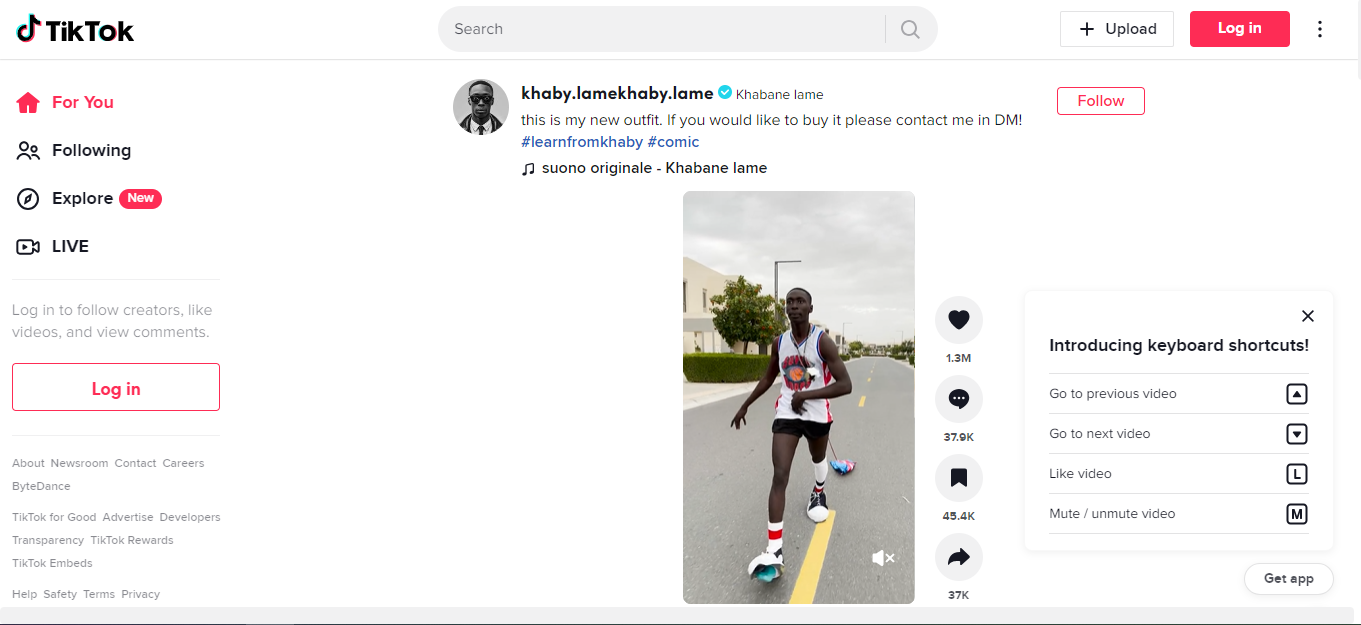
TikTok is a short-form video platform that gained immense popularity for its creative and viral content.
Users can create and share short videos set to music, engage with other users’ content through likes, comments, and shares, and participate in challenges and trends.
Snapchat
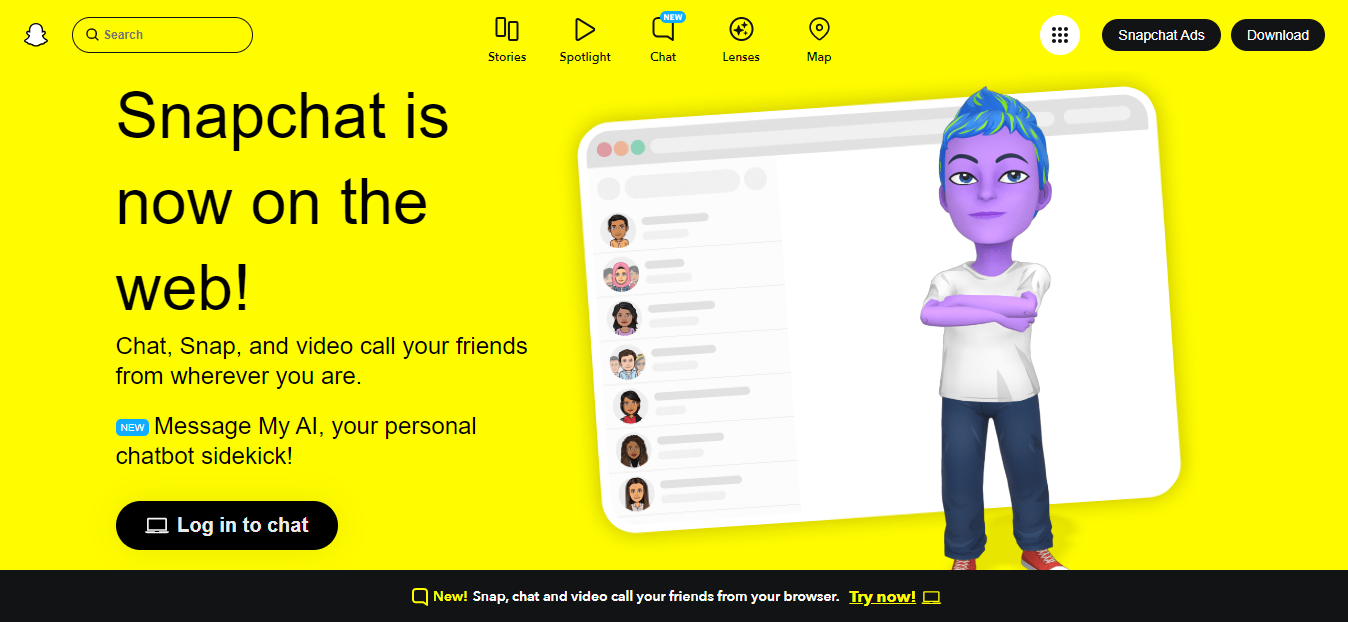
Snapchat is a multimedia messaging app where users can send photos and videos that disappear after being viewed.
It also offers features like stories, filters, and augmented reality experiences.

Pinterest is a platform focused on visual discovery and inspiration.
Users can discover and save ideas on various topics by creating boards, pinning images, and exploring content shared by others.
These are just a few examples of the wide range of social media platforms available today.
Each platform has its own unique features, audience, and purpose, catering to different user interests and preferences.
Social media platforms play a significant role in connecting people, fostering communities, and facilitating the exchange of information and ideas in the digital space.
10 Social Media Hacks
Know Your Social Media Users

Understanding your social media users is a fundamental aspect of building a successful online presence.
By gaining insights into their demographics, interests, behaviors, and preferences, you can tailor your content and strategies to effectively engage with them.
One key benefit of knowing your audience is the ability to create targeted content.
By understanding their interests, pain points, and aspirations, you can develop content that resonates with them.
This targeted approach increases the likelihood of capturing their attention, encouraging engagement, and fostering a deeper connection.
Community Building

By knowing your audience, you can customize your interactions and messages to effectively connect with them.
Whether it’s the tone of voice, language, or messaging approach, catering to their preferences enhances engagement and fosters stronger relationships.
Moreover, knowing your audience allows you to optimize the user experience on your social media platforms.
By understanding their preferences and expectations, you can tailor the design, navigation, and features of your profiles to create a seamless and user-friendly experience.
This focus on user experience increases satisfaction, encourages repeat visits, and fosters loyalty among your audience.
Consistent Branding

Maintaining consistent branding across your social media platforms is essential for establishing a recognizable and cohesive brand identity.
Consistency in visual elements is also crucial.
This includes using the same color scheme, typography, and graphic elements throughout your social media profiles.
Engaging Design

Consistent visuals create a cohesive and polished look that reflects your brand’s personality and helps you stand out in the crowded social media landscape.
Choose a color palette that aligns with your brand’s identity and use it consistently in your posts, cover photos, and graphics.
Similarly, select a set of fonts that represent your brand’s style and use them consistently across your visuals.
In addition to visual elements, maintaining a consistent tone of voice is essential for effective branding.
Determine the personality and voice that best align with your brand’s identity, and ensure that it remains consistent across all your social media platforms.
Whether your brand’s tone is playful, authoritative, or friendly, maintaining a consistent voice helps build familiarity and reinforces your brand’s image in the minds of your audience.
This consistency builds trust, reinforces your brand’s values, and helps differentiate you from competitors.
It also makes it easier for your audience to engage with your content, as they know what to expect from your brand.
Ultimately, consistent branding across social media platforms contributes to a unified and impactful online presence that resonates with your target audience.
Engage and Interact

Engaging and interacting with your audience on social media is a crucial aspect of building a strong and active community around your brand.
Meaningful engagement helps foster relationships, increase brand loyalty, and drive growth.
Firstly, respond to comments and messages from your audience promptly and personally.
Take the time to acknowledge their feedback, answer their questions, and show appreciation for their support.
By engaging in two-way conversations, you make your audience feel valued and encourage further interaction.
Secondly, take the initiative to start conversations with your audience.
Pose questions, seek opinions, or share thought-provoking content to encourage participation.
By initiating discussions, you create opportunities for your audience to engage and share their perspectives, fostering a sense of community and strengthening the bond between your brand and its followers.
Thirdly, encourage user-generated content. Invite your audience to create and share content related to your brand.
Encourage User-Generated Content

Whether through contests, challenges, or themed campaigns, user-generated content not only boosts engagement but also showcases your community and deepens the connection between your brand and its followers.
Additionally, sharing behind-the-scenes content provides a unique and authentic view of your brand.
Offer glimpses into your brand’s activities, such as product development, team collaborations, or event preparations.
Authentic and exclusive content gives your audience a sense of exclusivity and helps humanize your brand, fostering a deeper connection and increasing engagement.
By involving your audience in decision-making processes, you make them feel heard and valued while tailoring your offerings to better suit their needs.
Lastly, regularly monitor and analyze engagement metrics to gain insights into what content resonates most with your audience.
Track metrics such as likes, comments, shares, and click-through rates to understand audience preferences and optimize your engagement strategies.
By analyzing these metrics, you can continue to improve and refine your approach.
In conclusion, engaging and interacting with your social media audience is vital for building a vibrant and loyal community around your brand.
Content is King

Content is often referred to as “king” in the realm of social media and online marketing, emphasizing its significant role in capturing and retaining audience attention.
The phrase highlights the importance of high-quality, valuable, and engaging content in driving success.
Firstly, captivating attention is essential in today’s information-saturated world.
Well-crafted content that is informative, entertaining, or thought-provoking has the power to captivate and engage your audience.
It helps your brand stand out amidst the noise and establishes your authority and credibility in your industry.
Secondly, content plays a vital role in building brand identity.
Consistency in your messaging and storytelling helps establish a recognizable and memorable brand identity, fostering a stronger connection with your audience.
By consistently delivering content that aligns with your brand’s identity, you can differentiate yourself from competitors and build a distinct brand presence.
Thirdly, content allows you to establish expertise in your field.
By creating valuable and informative content, you can showcase your knowledge and position yourself as a trusted authority.
Sharing insights, tips, and industry-related information not only helps educate your audience but also builds credibility and fosters trust.
This expertise enhances your brand’s reputation and can lead to increased customer loyalty and advocacy.
Driving Engagement
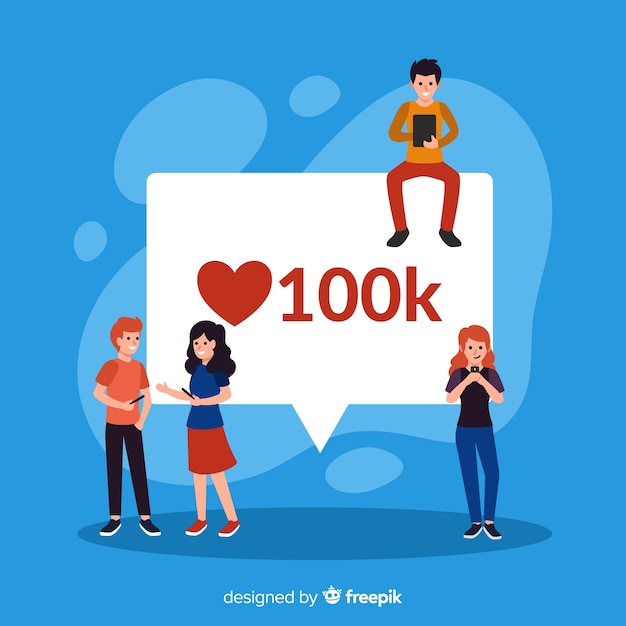
High-quality and engaging content sparks conversation, encourages likes, comments, and shares, and fosters a sense of community.
By creating content that resonates with your audience, you can prompt them to interact, share their thoughts, and participate in discussions.
This engagement not only strengthens your relationship with your audience but also increases your brand’s visibility through social sharing.
Additionally, content plays a significant role in boosting search engine optimization (SEO).
Search engines prioritize websites and platforms with relevant, high-quality content.
By creating valuable and optimized content, you improve your chances of ranking higher in search engine results.
This organic visibility drives traffic to your website or social media profiles, ultimately leading to increased brand exposure and potential conversions.
Furthermore, compelling content serves as a powerful tool for lead generation and conversions.
By providing valuable information, addressing pain points, or offering solutions, you can attract and engage potential customers.
Well-crafted content can guide your audience through the buyer’s journey, building trust and nurturing leads that eventually convert into customers.
Fostering Brand Loyalty

When your audience finds value in what you share, they are more likely to remain loyal and become advocates for your brand.
By consistently providing content that meets their needs and interests, you strengthen the bond between your brand and your audience.
This loyalty translates into repeat business and word-of-mouth recommendations.
Lastly, content can be adapted to suit different social media channels, allowing you to reach and engage diverse audiences.
Whether it’s long-form articles, visually appealing images, engaging videos, or bite-sized social media posts, your content can be tailored to the specific characteristics and preferences of each platform.
This versatility enables you to maximize your reach and effectiveness across various channels.
In conclusion, the phrase “content is king” holds true in the realm of social media and online marketing.
By prioritizing content creation and consistently delivering value to your audience, you can harness the power of content to drive success for your brand in the digital landscape.
Harness the Power of Hashtags

Hashtags have become an integral part of social media communication, providing a powerful way to categorize content and connect with relevant conversations and communities.
When used strategically, hashtags can help you harness the power of social media and boost your brand’s visibility, reach, and engagement.
Researching and using trending and relevant hashtags is crucial to tapping into popular conversations and attracting a wider audience.
Stay updated with the latest trends and topics in your industry or niche and identify hashtags that align with your brand and content.
Tools and platforms can assist in finding trending hashtags and tracking their usage.
Creating branded hashtags specific to your brand can contribute to building brand identity and encouraging user-generated content.
Branded hashtags are unique to your brand and can be used consistently across your social media posts.
Encourage your audience to use these hashtags when sharing content related to your brand, fostering a sense of community and engagement.
It’s important to strike a balance between using popular hashtags and niche hashtags.
Popular hashtags with high search volumes can increase your visibility to a broader audience.
On the other hand, niche hashtags allow you to target a more specific and interested audience.
By incorporating both types of hashtags, you can expand your reach while still connecting with individuals who have a genuine interest in your content.
Track and Analyze Hashtag Performance

Analyzing the hashtags used by your competitors and influencers in your industry can offer valuable insights.
Identify relevant hashtags that resonate with your target audience and align with your brand.
By using similar hashtags, you can tap into existing conversations and potentially reach their followers who may be interested in your content as well.
Each social media platform has its own hashtag culture and best practices.
Research and understand how hashtags are used and accepted on each platform.
Tailor your hashtag strategy accordingly to maximize your impact on each platform.
For example, Instagram allows for a higher number of hashtags per post, while Twitter requires more concise usage.
Encourage User Participation

Create campaigns or contests that require your audience to use a specific hashtag when sharing their content.
This approach not only increases your brand’s visibility but also fosters a sense of community and encourages user-generated content.
Tracking and analyzing the performance of your hashtags is essential to understanding their effectiveness.
Monitor metrics such as reach, impressions, likes, comments, and shares associated with specific hashtags.
This data provides valuable insights into which hashtags resonate most with your audience and can help you refine your future hashtag strategy.
To make the most of hashtags, ensure they are relevant and timely.
Stay updated with current events, holidays, or trending topics that align with your brand and incorporate relevant hashtags into your content.
By using hashtags in a natural and contextual manner, you can enhance discoverability and increase the chances of being discovered by users searching for specific topics.
In conclusion, hashtags offer a powerful tool to boost your brand’s visibility, expand your reach, and drive engagement on social media platforms.
Collaborate with Influencers

Collaborating with influencers has emerged as a powerful marketing strategy for brands looking to expand their reach and engage with their target audience on social media.
Influencers have built a loyal following and established credibility in specific niches, making them valuable partners for brand promotion.
Firstly, it’s crucial to identify influencers who are a natural fit for your brand.
Look for influencers whose values, content style, and audience align with your target market.
Conduct thorough research and analyze their engagement rates, audience demographics, and overall authenticity.
Choosing influencers who genuinely resonate with your brand will ensure a more organic and effective collaboration.
Once you’ve identified potential influencers, take the time to establish a genuine connection with them.
Engage with their content, leave thoughtful comments, and share their posts.
Building a relationship before reaching out for collaboration will make your approach more authentic and increase the likelihood of a positive response.
Define Clear Objectives

Whether you aim to increase brand awareness, drive sales, or generate user-generated content, having a clear purpose will guide the collaboration process.
Communicate your objectives to the influencer and discuss how their involvement can help you achieve them.
This alignment of goals will ensure a more focused and impactful collaboration.
To create a mutually beneficial partnership, allow influencers creative freedom within the framework of your brand guidelines.
Influencers have cultivated their unique style and voice, which has resonated with their audience.
Encourage them to maintain their authenticity while integrating your brand messaging naturally.
This approach ensures that the collaboration feels genuine and resonates with the influencer’s followers.
Transparency is key in influencer collaborations.
Clearly communicate your expectations regarding the number and type of posts, hashtags to be used, and any necessary disclosures required by advertising regulations.
Influencers should clearly disclose sponsored content to maintain transparency and trust with their audience.
Open communication and transparency will foster a strong working relationship and avoid any potential misunderstandings.
Track and measure the results of your influencer collaborations.
Monitor key metrics such as reach, engagement, website traffic, and conversions to assess the effectiveness of the partnership.
Use unique tracking links or promo codes to attribute specific results to the collaboration.
Analyzing the data will provide valuable insights for future collaborations and help refine your influencer marketing strategy.
Consider cultivating long-term relationships with influencers who prove to be a good fit for your brand.
Cultivate Long-Term Relationships

Nurture these relationships by consistently engaging with influencers even after the collaboration ends.
Recognize and appreciate their work, as this can lead to more fruitful collaborations in the future.
Lastly, leverage user-generated content generated through influencer collaborations.
User-generated content showcases the genuine experiences and endorsements of real customers, further boosting your brand’s credibility.
Share this content on your social media platforms or incorporate it into your marketing campaigns to amplify its impact.
In conclusion, influencer collaborations provide an effective way to reach and engage with your target audience on social media.
Utilize Analytics

Utilizing analytics is an essential component of any successful social media strategy.
By harnessing the power of analytics, businesses can gain valuable insights into their audience, content performance, and overall social media ROI.
These insights enable data-driven decision-making, optimization of content strategies, and improvement in engagement and conversion rates.
One of the primary benefits of utilizing analytics is the ability to track key metrics.
By identifying the metrics that align with your social media goals, such as reach, impressions, engagement, click-through rates, and conversion rates, you can monitor the success of your social media efforts.
Tracking these metrics provides a clear picture of how well your content is performing and helps you identify areas that require improvement.
Social media platforms offer built-in analytics tools that provide detailed data on various aspects of your social media performance.
Facebook Insights, Instagram Insights, Twitter Analytics, and other platform-specific tools offer valuable information on post performance, audience demographics, engagement rates, and follower growth.
These tools allow you to delve into the specifics of your social media presence, enabling you to make informed decisions based on accurate data.
Analyze Audience Insights

By understanding the demographics, interests, and preferences of your audience, you can create targeted and engaging content.
Analyzing audience data helps you tailor your content and messaging to match their preferences, ensuring that your social media efforts resonate with the right people.
This data-driven approach helps you refine your targeting strategies and effectively reach the desired audience.
Identifying top-performing content is an important aspect of utilizing analytics.
By analyzing the performance of your content, you can gain insights into what resonates most with your audience.
Examining patterns in terms of content type, topics, tone, and timing allows you to replicate the elements that contribute to the success of your top-performing posts.
This approach helps you create content that is more likely to generate higher engagement and reach.
A/B testing is a valuable technique that can be employed using analytics.
By testing different variations of your content, such as headlines, images, captions, or calls-to-action, you can determine which elements perform better.
A/B testing allows you to make data-driven decisions on what elements to incorporate into your content strategy, enhancing the effectiveness of your social media campaigns.
Monitoring your competitors’ social media performance is another important aspect of utilizing analytics.
By analyzing their top-performing content, engagement strategies, and audience engagement, you can gain valuable insights and benchmark your own performance.
This analysis helps you identify areas where you can improve or differentiate yourself, enabling you to stay ahead in a competitive social media landscape.
Measure ROI

By tracking conversions and attributing them to specific social media campaigns or activities, you can determine the impact of your social media efforts on your business goals.
Establishing conversion tracking mechanisms through platforms like Google Analytics enables you to measure website traffic, lead generation, or online sales resulting from your social media activities.
This information allows you to allocate resources effectively and focus on the strategies that deliver the best results.
In conclusion, utilizing analytics is essential for understanding your audience, optimizing your content strategies, and measuring the impact of your social media efforts.
Optimize Posting Times

Optimizing posting times on social media can have a significant impact on the success of your content strategy.
By strategically scheduling your posts, you can increase the visibility of your content, maximize audience engagement, and ultimately drive better results.
Firstly, analyze your audience’s activity patterns.
Utilize social media analytics tools to gain insights into when your followers are most active and engaged.
Look for trends in terms of the times and days of the week when your audience is online.
By understanding their behavior, you can schedule your posts during these high-activity periods to ensure maximum visibility and engagement.
Consider the time zones of your target audience.
If you have a global or geographically diverse audience, it’s essential to consider their local time when determining your posting schedule.
This ensures that your content reaches them when they are most likely to be active on social media, increasing the chances of engagement.
Test different posting times to find the optimal slots for your content.
Conduct experiments by posting at various times of the day and week and track the performance of your posts.
Monitor and Adjust

This data-driven approach will help you pinpoint the times that generate the highest levels of engagement with your audience.
Stay informed about platform algorithms.
Each social media platform has its own algorithm that determines the visibility and reach of your content.
Keep up with algorithm updates and changes to understand how they impact the timing of your posts.
Adapting your posting schedule to align with platform algorithms can improve the chances of your content being promoted and displayed to a wider audience.
Consider peak usage periods on social media. Identify the times when overall platform activity is high and users are most active.
Posting during these peak usage periods increases the likelihood of your content being seen and engaged with by your audience.
Take into account the typical behavior of your target audience and adjust your posting times accordingly.
Tailor Posting Times to Content Type

Certain types of content may perform better at specific times.
For example, if you are sharing time-sensitive announcements or news, posting during peak usage periods or when your audience is most active is crucial to ensure maximum visibility.
On the other hand, evergreen or educational content may have a longer lifespan and can be posted during non-peak hours to reach a broader audience over time.
Regularly monitor the performance of your posts and adjust your posting schedule accordingly.
Analyze the reach, engagement, and conversion rates associated with different posting times. Identify trends and patterns in the data to refine your posting strategy.
Continuously monitoring and adjusting your posting times based on data-driven insights will help you optimize the impact of your social media content.
In conclusion, optimizing your posting times on social media is essential for maximizing the visibility and engagement of your content.
Harness the Power of Live Videos

Harnessing the power of live videos on social media platforms can be a game-changer for your brand or business.
Live videos offer a unique and dynamic way to engage with your audience in real-time, creating an immersive and interactive experience.
Authenticity and Connection

Live videos provide an opportunity to showcase the human side of your brand.
By going live, you can connect with your audience on a personal level, showing the real people behind the brand.
This authenticity helps to build trust, foster meaningful connections, and humanize your business in the eyes of your audience.
One of the most significant advantages of live videos is the ability to interact with your audience in real-time.
Viewers can leave comments, ask questions, and engage with you directly, creating a sense of community and participation.
Responding to comments and addressing viewer questions during the live session helps to build a deeper connection and demonstrates your commitment to engaging with your audience.
Exclusive Content and Events

Use live videos to share exclusive content or give your audience access to special events.
This can include behind-the-scenes looks, product launches, demonstrations, interviews, or live coverage of industry events.
By offering exclusive content through live videos, you create a sense of excitement and exclusivity, making your audience feel privileged to be part of the experience.
Live videos are an excellent platform for demonstrating products, showcasing features, and providing tutorials.
Whether you’re a makeup artist sharing a live tutorial, a chef cooking a recipe, or a fitness expert demonstrating exercises, live videos allow you to engage with your audience in a practical and interactive way.
Viewers can ask questions and receive immediate feedback, enhancing their learning experience.
In conclusion, live videos offer a powerful way to engage and connect with your audience on social media platforms.
They provide authenticity, real-time interaction, and the opportunity to share exclusive content, demonstrations, and event coverage.
Cross-Promote Across Multiple Social Media Platforms

Cross-promoting your content across multiple social media platforms is a valuable strategy to expand your reach, increase visibility, and engage with a broader audience.
By leveraging the strengths and unique features of each platform, you can create a cohesive brand presence and maximize the impact of your content.
Identify the Right Platforms

Start by identifying the social media platforms that are most relevant to your target audience and align with your brand’s objectives.
Consider factors such as demographics, user behavior, and the type of content that performs well on each platform.
Focus your efforts on platforms where your audience is most active and engaged.
Each social media platform has its own format, tone, and style.
To effectively cross-promote, tailor your content to fit the specific requirements and expectations of each platform.
For example, on Instagram, you may focus on visually appealing images or videos, while on Twitter, you may need to condense your message into a concise and engaging tweet.
By customizing your content, you can optimize its impact on each platform.
Create Consistent Branding

While adapting your content for each platform, maintain consistent branding across all channels.
Use consistent visuals, color schemes, logos, and tone of voice to ensure that your brand is easily recognizable and memorable.
Consistent branding helps build trust, establishes a cohesive brand identity, and reinforces your message across different social media platforms.
Use teasers and snippets of your content to pique interest and drive traffic to other platforms.
In conclusion, cross-promoting your content across multiple social media platforms is a powerful way to expand your reach, increase engagement, and build a cohesive brand presence.
Conclusion
Mastering social media hacks is essential for individuals and businesses looking to boost their online presence.
Optimizing posting times ensures that your content reaches the maximum number of people.
Leveraging user-generated content, live videos, and cross-promotion across platforms further diversifies your content strategy and boosts engagement.
Staying updated with social media trends helps you remain relevant and adapt to the ever-evolving digital landscape.
Remember, building a strong online presence requires effort, consistency, and a genuine desire to connect with your audience.
If you liked this article, consider reading another about Pinterest SEO here.
FAQ
Businesses can leverage social media marketing by utilizing platforms like Facebook, Instagram, Twitter, and LinkedIn to increase brand visibility, engage with their target audience, and promote products or services.
